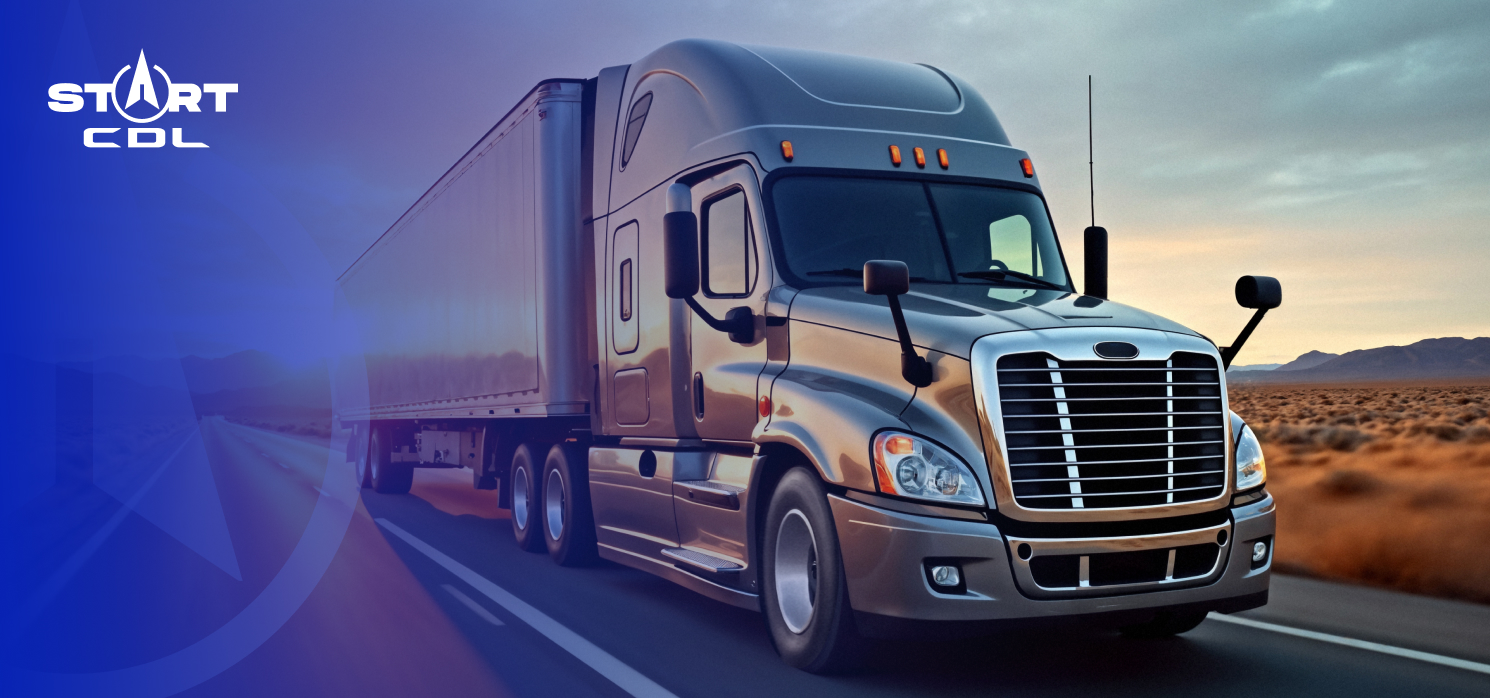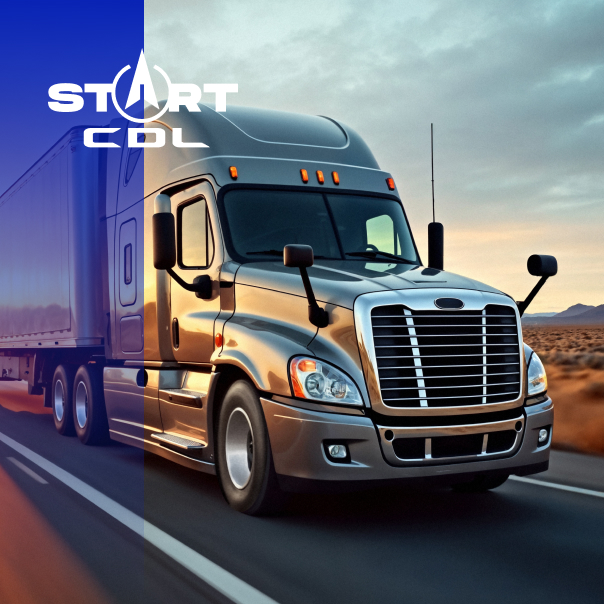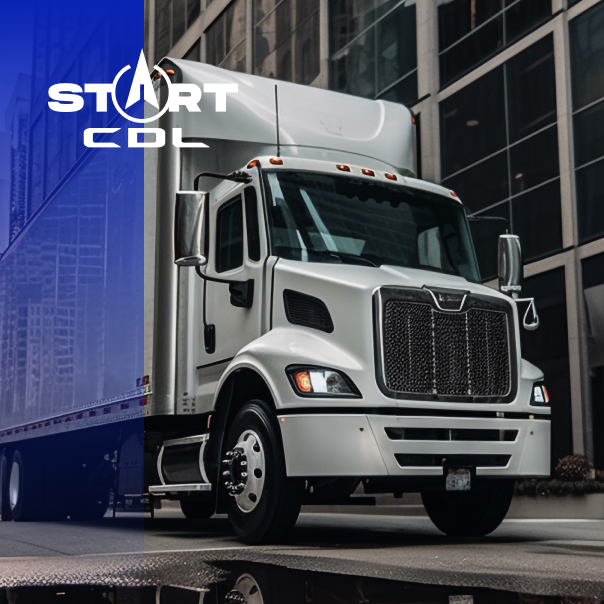

The Class B type-license of commercial driver used for heavier single-vehicle applications across the delivery, construction, or public-transit industries.
Simply put, a Class B CDL-lying in-between Class C, referring to the light-type vehicle, and Class A CDL, which allows heavier ones in terms of weight and trailer capacity.
A Class B driver’s license entitles one to operate any commercial vehicle for which an A CDL is not required. Examples include straight trucks, buses, and dump trucks, which are core functions of logistics, transport, and municipal services.
What Kind of Vehicle Can You Drive with Class B CDL License?
With a Class B CDL, one is permitted to operate:
- Single vehicles of 26,001 lbs. or more in Gross Vehicle Weight Rating (GVWR)
- A vehicle towing a trailer of not more than 10,000 lbs. GVWR
- Transit or tour passenger buses
- School buses, if you have the appropriate endorsement
- Box trucks for delivery
- Dump trucks and cement mixers
- Garbage and recycling trucks
If trailers are heavier than 10,000 lbs., Class A license will be the requirement. Another endorsement may be required for some vehicle types such as P (Passengers), S (School Bus), or H (Hazardous Materials).
What Does a Class B Driver Do?
A CDL Class B driver shall be in charge of transporting goods, passengers, or materials by means of commercial vehicles falling under the weight category as defined by Class B. Typical duties include:
- Operation of straight trucks, buses, or service vehicles
- Perform daily inspection of vehicles
- Loading and unloading of cargo
- Following all safety regulations as mandated by the Department of Transportation (DOT)
- Keeping accurate driving logs
- Customer or passenger services
Common Job Roles for CDL B Drivers
| Job Title | Typical Vehicle | Work Environment |
|---|---|---|
| Delivery Truck Driver | Box truck / straight truck | Local deliveries |
| Bus Driver | Passenger or school bus | Transit, schools, or tourism |
| Dump Truck Driver | Dump truck | Construction, hauling |
| Cement Mixer Driver | Mixer truck | Construction sites |
| Garbage Truck Operator | Sanitation truck | Municipal or private waste |
| Utility Vehicle Driver | Maintenance truck | Public works, service companies |
Many class b cdl jobs are local or regional, offering predictable hours and daily home time — a major advantage for drivers seeking work-life balance.
Class B vs Class A: What’s the Difference?
Understanding the difference between Class B and Class A CDLs helps determine which is right for your career.
| Feature | Class A CDL | Class B CDL |
|---|---|---|
| Vehicle Type | Combination vehicles (tractor-trailers) | Single vehicles (straight trucks, buses) |
| Trailer Weight | Over 10,000 lbs | Up to 10,000 lbs |
| Common Jobs | Long-haul trucking, freight transport | Local delivery, bus driving, waste hauling |
| Training Length | Longer (more complex skills test) | Shorter and simpler training |
| Pay Potential | Typically higher | Moderate, with local focus |
In essence, Class A drivers can operate both A and B vehicles, while Class B drivers are limited to smaller commercial vehicles
How to Get a CDL B License
A brief overview about getting a CDL B:
1. Meet Eligibility Requirements:
- Minimum age: 18 for intrastate, or 21 for interstate
- Must possess a valid noncommercial driver’s license.
2. Must pass a DOT medical examination.
- Medical Examiner’s Certificate: obtain a valid sample specimen.
3. Commercial Learner’s Permit: obtain a Commercial Learner’s Permit (CLP).
- Passing the knowledge tests: general, air brakes, and vehicle-specific
4. Complete the CDL training.
- Enrollment in a recognized Class B CDL training program
5. Pass the skills/resident tests:
- Vehicle inspection, basic control, and on-road driving evaluation.
6. Add endorsements if they are desired.
- Passenger (P), School Bus (S), or HazMat (H), if required.
7. Acquire your CDL B from the state license agency.
Advantages of Obtaining Class B CDL
Advantages
- Access to various job markets — transportation, delivery, public transit
- Local and regional driving with consistent hours
- Lower training costs than Class A CDL
- Class B drivers are always in demand for city and utility services
Restrictions
- Can not tow a trailer in excess of 10,000 lbs
- Limited to single-vehicle operation
- Fewer long-haul opportunities
- May offer slightly lower pay ceilings than Class A positions
Example Careers for CDL B Drivers
Career opportunities open for those holding a class B CDL would include:
- Local delivery
- Driving city or tour bus.
- School bus driving with an S endorsement.
- Construction vehicle operation.
- Sanitation truck driving.
- Utility or maintenance driving.
Most of the time, job ads for short-range routes or municipal vehicles will say, “Valid CDL B license required.”
Related Articles
10 years of experience
and
10000+ graduated
students with CDL
Feel free to ask
us any questions about
getting a CDL in the USA


 @startcdl
@startcdl
 +1 (224) 520-3169
+1 (224) 520-3169






